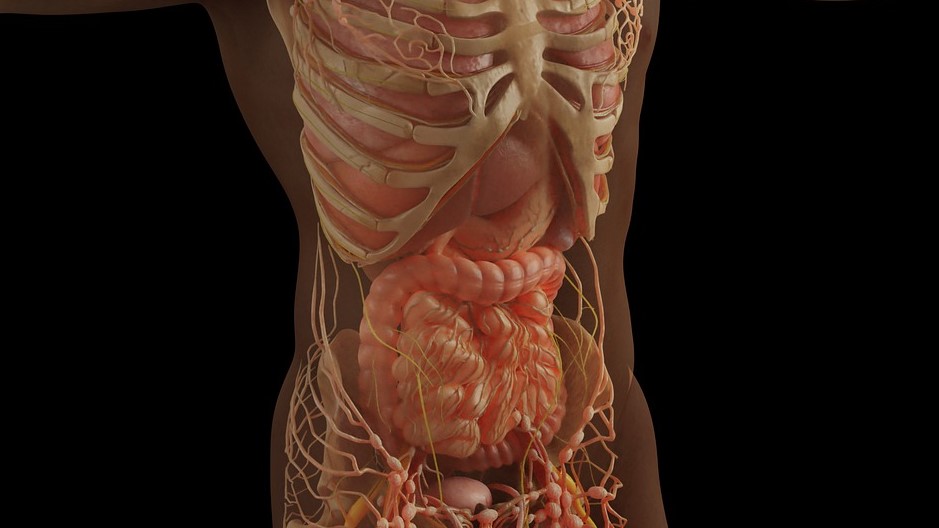Diverticular Disease Linked to Cancers outside the Gastrointestinal System

In a large-scale study of cancer among 75 000 patients with a diagnosis of diverticular disease and colorectal histopathology, researchers have reported an elevated cancer risk in patients with diverticular disease. Their findings were published in the Journal of the National Cancer Institute.
The data comes from the ESPRESSO cohort, which covers all histopathology reports from Sweden’s 28 pathology departments. Through linkage with the Swedish national patient register, researchers identified patients with diverticular disease. Diverticular disease can present through gastrointestinal bleeding, but also through diverticulitis when patients may have fever, nausea and abdominal pain. Previous research has focused on colorectal cancer development in diverticular disease but less has been know about cancer development elsewhere. The researchers found a 33% increased risk of overall cancer in Swedish patients with diverticular disease.
“This is the first nationwide cohort study to demonstrate that diverticular disease is associated with an increased, long-term risk of overall cancer”, says first-author Wenjie Ma from Massachusetts General Hospital. “Diverticular disease is associated with an increased risk of specific cancers, including liver cancer and lung cancer.”
She also adds that “Given the high prevalence of diverticular disease, our results highlight the need for awareness for cancer, not only for colorectal cancer, in patients with diverticular disease.”
Patients with diverticular disease had significantly increased overall cancer incidence (24.5 vs 18.1 cancer cases per 1000 person-years). After adjusting for covariates, these rates corresponded to 1 extra cancer case in 16 individuals with diverticular disease followed for ten years.
“There has been a lot of research on extraintestinal cancer in other bowel disorders such as inflammatory bowel disease (IBD) and celiac disease, but less is known about diverticular disease”, says senior author Jonas F Ludvigsson, professor at Karolinska Institutet.
“These data suggest that patients with diverticular disease are at increased risk of other cancers than colorectal cancer, but it should also be emphasized that the absolute risk for cancer was moderate”, adds Ludvigsson. “I hope other researchers are inspired by our findings and explore the biological mechanisms underlying the association between diverticular disease and cancer”, he concludes.
Source: Karolinska Institutet




